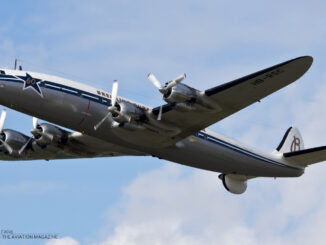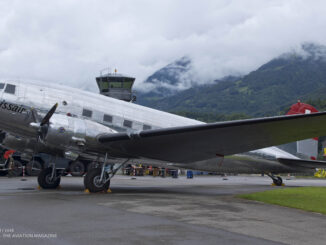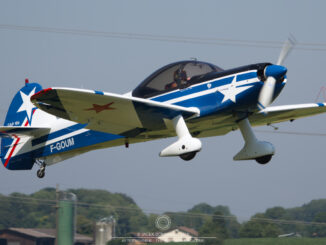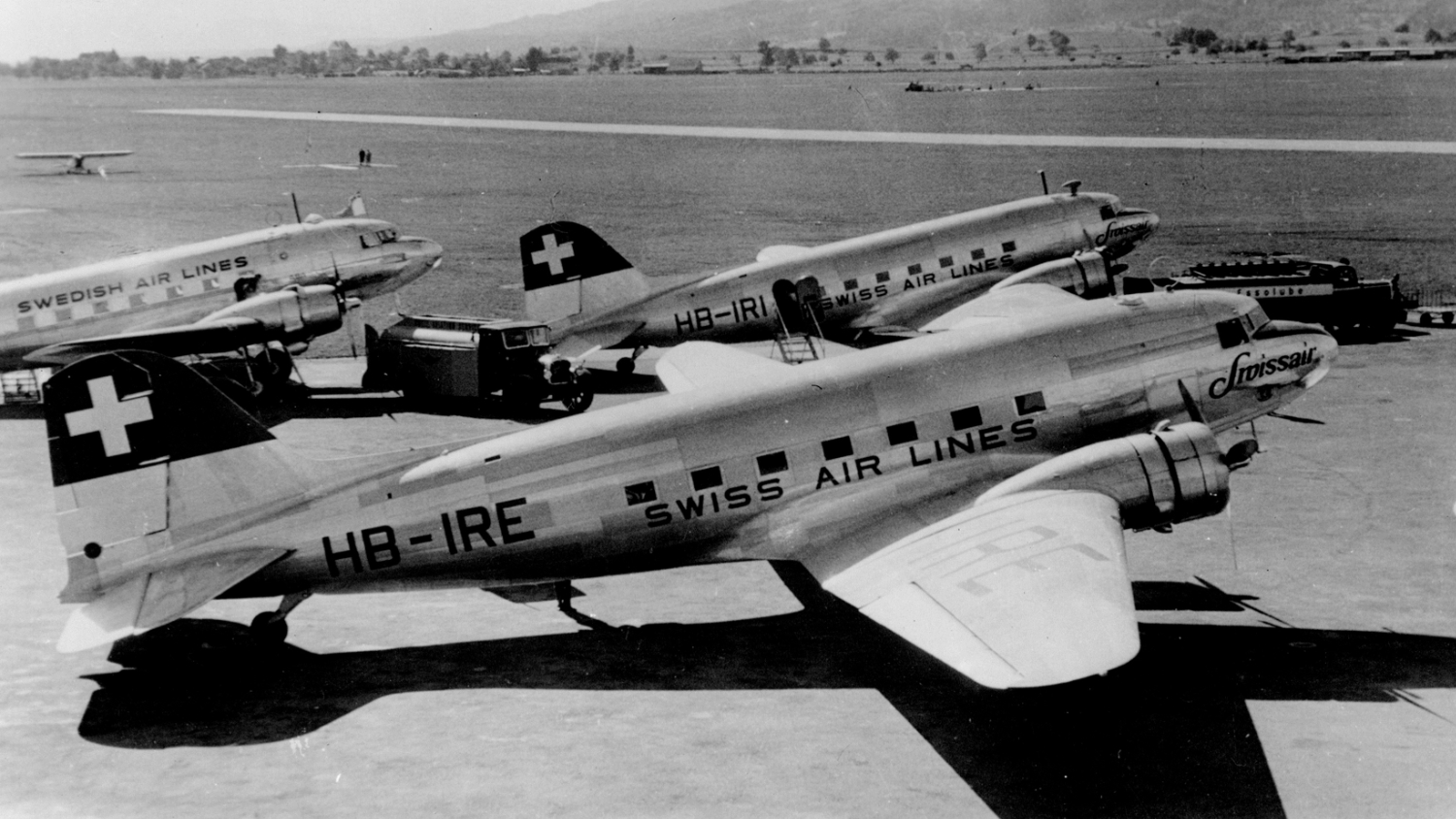 On 26th March 1931, two Swiss airlines – Ad Astra Aero (founded in 1919) and Balair (founded in 1925) – merged to create a new company named Schweizerische Luftverkehr-AG / S.A. Suisse pour la Navigation Aérienne. The new airline was a completely privately owned enterprise, established without any support from the Swiss government.
On 26th March 1931, two Swiss airlines – Ad Astra Aero (founded in 1919) and Balair (founded in 1925) – merged to create a new company named Schweizerische Luftverkehr-AG / S.A. Suisse pour la Navigation Aérienne. The new airline was a completely privately owned enterprise, established without any support from the Swiss government.
Commonly known as Swissair, the company began its operational activity with only ten pilots and service limited to spring-summer period. However, the Swissair quickly became a significant player on European airline market.
In 1932, the Swissair airline became the second in Europe to use American-made aircraft. One year later the first transalpine route from Zurich to Milan was opened and in 1934, Swissair introduced the first European female flight attendant (Nelly Diener, nicknamed Engel der Lüfte (Angel of the Skies).
The post-war years meant a period of continual growth for the airline. In 1947, the first long-haul flight to New York opened an era of the Swissair long-distance service. Shortly thereafter, further flights to South Africa and South America were introduced. Four years later, the airline officially became the Swiss national carrier.
This period of prosperity continued until the late 1980s and the company was often nicknamed ´the flying bank´, in relation to its Swiss origin, financial stability and large hidden assets.
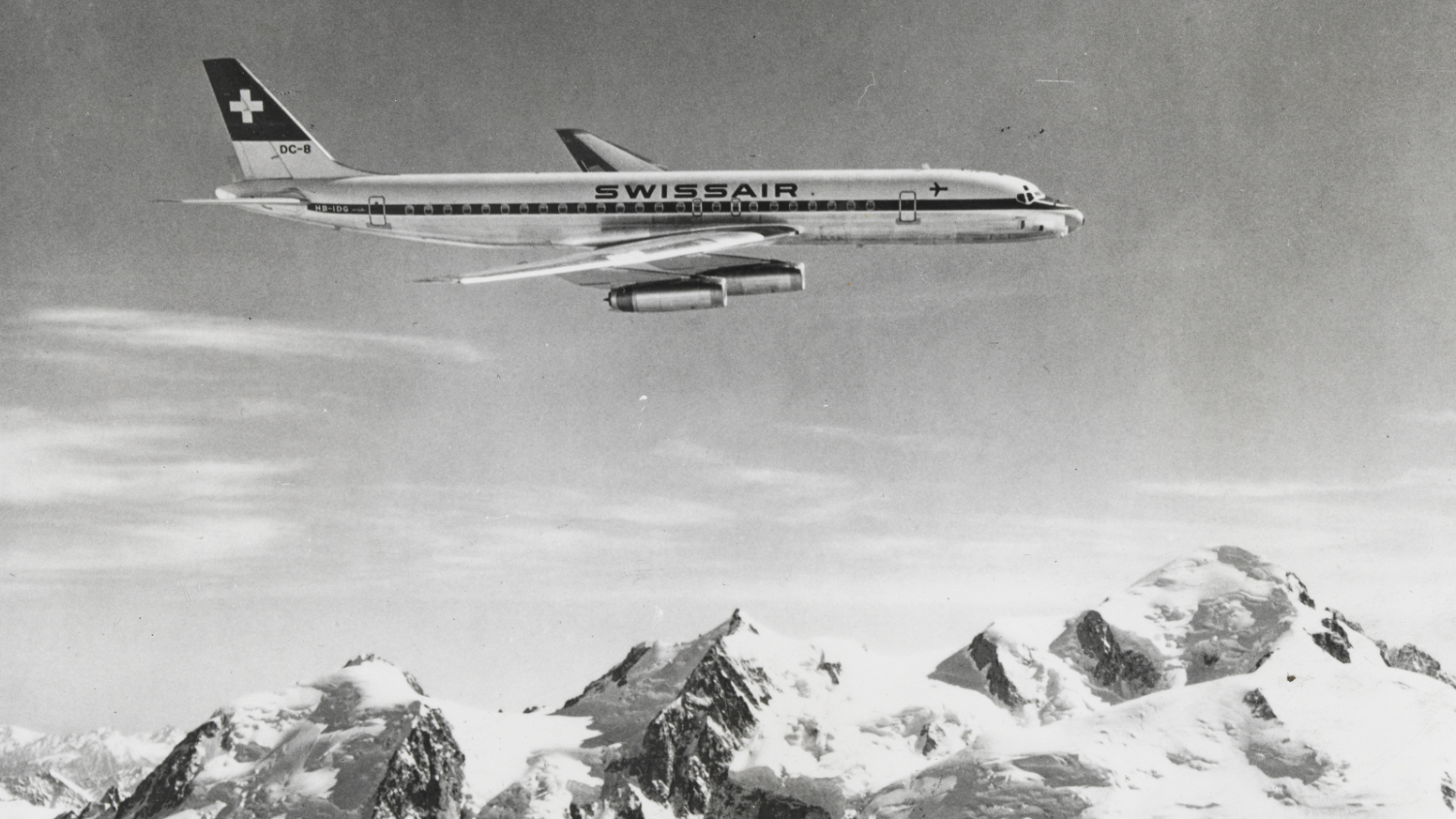
The first ´cold shower´ came at the beginning of the 1990s. When, in December of 1992, the Swiss citizens voted in a national referendum against joining the European Economic Area, it had a serious economic impact on Swissair.
A crushing blow for the airline was struck with implementation of the so-called ´hunter strategy´, proposed by a consulting company and then approved by the board of directors. Instead of trying to join or create an alliance, Swissair focused on acquiring shares from several airlines, including Sabena, LOT, Turkish Airlines, South African Airways, LTU, Air Europe and many others.
Unfortunately for the Swiss airline, this strategy failed and quickly led to serious financial problems.
The airline and the entire Swissair group were put into liquidation and on 1st April 2002 some of the company assets, personnel, aircraft and most of the routes were taken over by Crossair (later renamed Swiss International Air Lines). The Swissair officially finished all flying operations, after 71 years of existence.
Full story here.
Cover photo: Swissair Douglas DC-3 aircraft (HB-IRE and HB-IRI), Dübendorf airfield, 1939 (ETH Library Zurich, Image Archive / Ans_05035-609, Public Domain)

